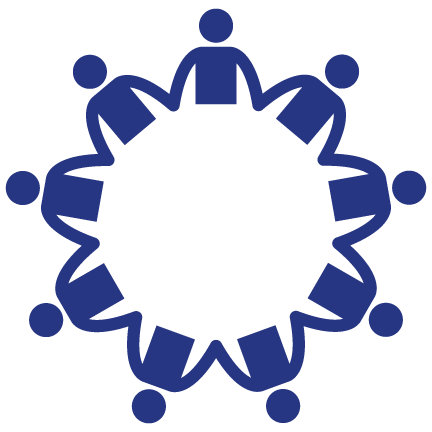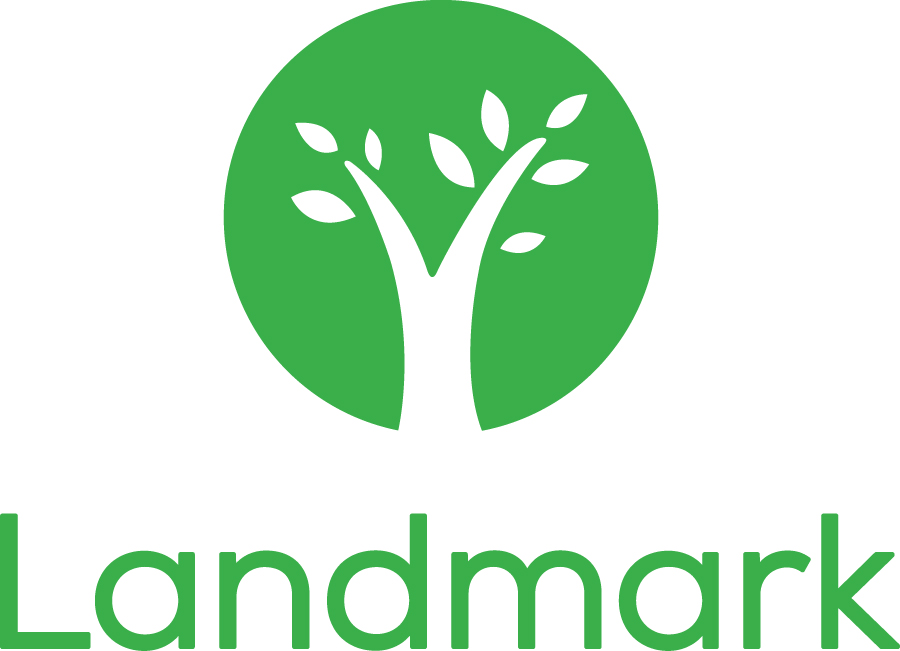
Blog post
Prioritizing Mental Health as a Universal Human Right
By: Neltada Charlemagne, DNP, APRN, PMHNP-BC, PHN, BHC
Home-based medical care may be the winning prescription for our growing senior population.
Today, nearly 56 million Americans are over the age of 65. And according to a report by USAging, that number is expected to climb to more than 74 million by 2030.
As the population ages, the demand for quality health care for older adults grows. These adults will need to rely on innovative solutions to meet their care needs. Expanded home-based medical care is one promising solution that can potentially revolutionize how we deliver health care to seniors.

Despite a growing population of older adults, the number of providers isn’t keeping pace. The U.S. is already facing a shortage of geriatricians, and the number of trained geriatric providers has only risen slowly in recent years — nowhere near the 33% growth rate of over-65 Americans projected within the next decade.
The 2023 America’s Health Rankings® Senior Report, published by United Health Foundation, found that the number of geriatric providers grew by just 8% between 2021 and 2022. These providers include family medicine doctors, internal medicine geriatricians and nurse practitioners.
And the number of personal care and home health workers only grew by 5% between 2020 and 2021, though growth rates vary by state.
This nominal growth isn’t enough to meet demand. The U.S. Department of Health and Human Services estimates that by 2025, the country will be short by 27,000 geriatricians.
The consequences of this shortage may include longer wait times, reduced access to care, and compromised care quality for older adults.
America’s Health Rankings Senior Report highlights the challenges older adults face. It shows that while efforts to improve access and reduce isolation continue, more must be done.
The report found that:
The report also highlighted some improvements beyond the slight increase in geriatric providers. It showed:
Though on the rise, our limited geriatric provider workforce requires us to think differently about delivering care to seniors.
Home-based medical care — which could include traditional caregiving as well as wearable monitoring devices, telehealth visits, and even food deliver — is one way to alleviate the strain caused by the geriatric provider shortage. This approach keeps people in their homes and connected to families and communities, reducing isolation-related risk factors.
Organizations have opportunities within homes and communities to go beyond post-acute care management. In-home care offers services and solutions that give seniors more fulfilling experiences so they can live their best lives.
By leveraging new technologies and interdisciplinary care teams, home-based medical care can offer a range of necessary services to improve the well-being of our aging population.

By: Neltada Charlemagne, DNP, APRN, PMHNP-BC, PHN, BHC

Older adults can safeguard themselves from the physical, mental and emotional toll of unexpected medical costs.

Optum Care Network – Monarch has teamed up with Landmark to deliver in-home medical care to members with multiple chronic conditions.